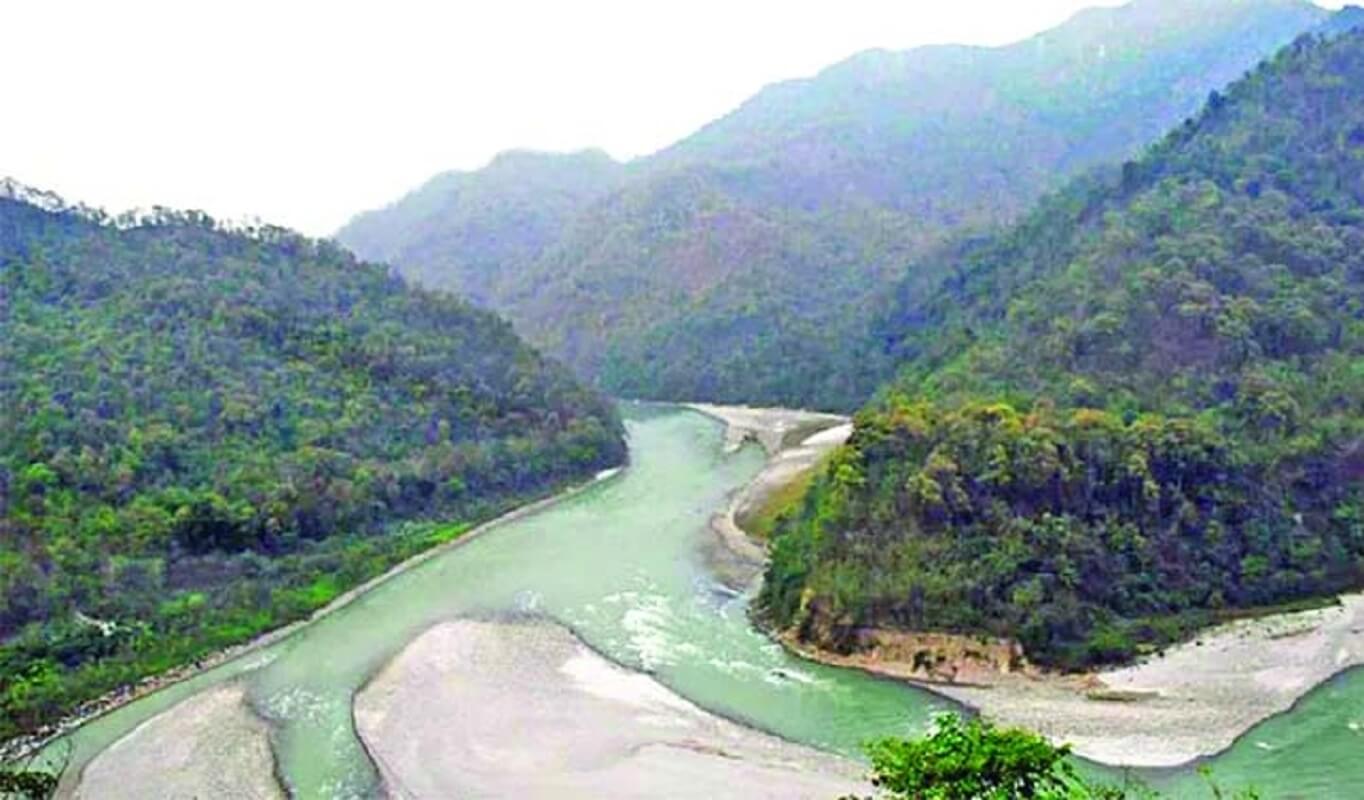Water Diplomacy Between Bangladesh and India
Shrabony Akter | 01 November 2022
Bangladesh's physiology identifies it as a riverine country. Rivers have always played a crucial role in shaping Bangladesh's history, culture, ecology, and way of living of its citizens. There are around 700 rivers in Bangladesh. Given that Bangladesh has 57 transboundary rivers and shares 54 with India, the two countries are tightly linked when it concerns the issue of sharing water. Bangladesh's economy has strong ties to its rivers. The Food and Agriculture Organization of the United Nations estimates that agriculture accounts for 17.5% of Bangladesh's GDP, 70.1% of land area, and 48.4% of the country's workforce. The water from the rivers is essential to this enormous agricultural production. Since there is little rain in this area during the winter, the farmers must rely on the irrigation system. And the majority of irrigation projects have included the Ganga-Kapotakkho project, the Karnofuli project in Chattogram, and the Teesta project in Rangpur, among others. While the country's average irrigated land area is 42%, irrigation covers 83% of arable land in the Teesta Basin, which is centered on the Teesta Barrage.
The Teesta Barrage was constructed in 1973 by India at Gajoldoba in Jalpaiguri and by Bangladesh at Doyani in Lalmonirhat to utilize the Teesta River water mostly for agriculture. Since India lies upstream, water has already been redirected through barrages and irrigation canals, rendering Bangladesh's barrages inefficient and worthless during the dry season. On the other hand, floods and river erosion occur in Bangladesh during the monsoon season as a result of India's entire release of this water. The other significant economic output from rivers is the local freshwater fishing industry. In Bangladesh, the fisheries sector engages 11% of the workforce and contributes 3.61 percent of the GDP. As a result, securing equitable access to Teesta water is a crucial component for alleviating poverty, especially in the northern Bangladesh.
Bangladesh and India share 54 rivers, with India controlling the majority of the water in 43 of them. The two countries have discussed resolving the water sharing issues several times, but the results have never been convincing. An agreement on the Kushiyara river was struck on September 26, 2022 during a negotiation between Bangladesh's Prime Minister, Sheikh Hasina, and India's Prime Minister, Narendra Modi. This is, strangely, the first water deal between these two countries since 1996.
As long as this treaty remains in effect, Bangladesh is still hanging on to the hope of a long-awaited Teesta treaty, which would be extremely beneficial for northern Bangladesh in mitigating climatic calamities. However, it is becoming clear that India may not be interested in reaching an agreement on this.
The recent discussion on transboundary rivers between Bangladesh and India demonstrates India's negligence. In 2011, the then Prime Minister of India, Manmohan Singh visited Dhaka. The Teesta treaty was about to be signed. According to the terms, the 15-year-long treaty would have established the right of Bangladesh on the Teesta River to be 37.5 percent and the right of India to be 42.5 percent. However, the chief minister of West Bengal, Mamata Banerjee opposed that. Teesta has turned almost into a dead river. As a result, not only are humans being affected but biodiversity is also being threatened. Yet Bangladesh cannot secure any significant mileage through these years of diplomatic talks with India. According to a World Bank analysis titled Groundswell: Preparing for Internal Climate Migration, published on 2019, 4.1 million Bangladeshis were uprooted due to natural catastrophes in 2019 and 13.3 million more could be uprooted by 2050. These climate refugees have started to move into the cities for better life security and work opportunities. Nevertheless, it is improbable that they will eventually find one. As a result, they have started living in the slums or the streets in a very unhealthy and unhygienic environment.
The geological characteristics of Bangladesh severely constrain river flow regulation throughout the monsoon and dry seasons.
Rather than being completely reliant on India, Bangladesh could take some stepson its own. It can improve its water management system so that it can utilize it when needed. Dr. Imtiaz Ahmed, Professor of International Relation in the Dhaka University noted,Bangladesh cannot wait indefinitely to resolve the Teesta crisis. Bangladesh may continue negotiations with India, but the prospects of them agreeing to share the water with Bangladesh remain slim. As a result, Bangladesh must now develop its flood management system. Bangladesh's government should take river conservation seriously. The Supreme Court proclaimed Bangladesh's rivers to be "living entities," and anybody harming them is subject to punishment to curb pollution and exploitation of these rivers. There should be no such infrastructure that hinders the natural flow of rivers; rather, it should be channeled in such a direction that it becomes beneficial for both the agricultural sector and the living organisms affected by river water mismanagement. It might be challenging for Bangladesh to take all of the actions at once, but it is time for Bangladesh to make certain adjustments to demonstrate its stability.At the same time, it also should focus on pursuing its neighbor to find a mutual point of agreement regarding water sharing.
Shrabony Akter is Research Intern, Centre for Governance Studies
This article was originally published on Daily Asian Age.
Views in this article are author’s own and do not necessarily reflect CGS policy.
